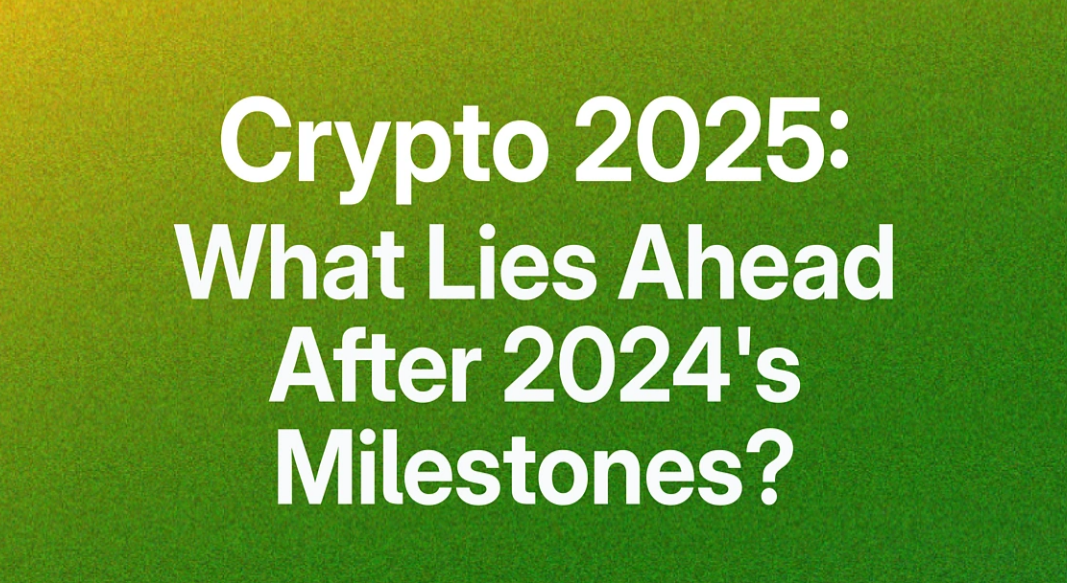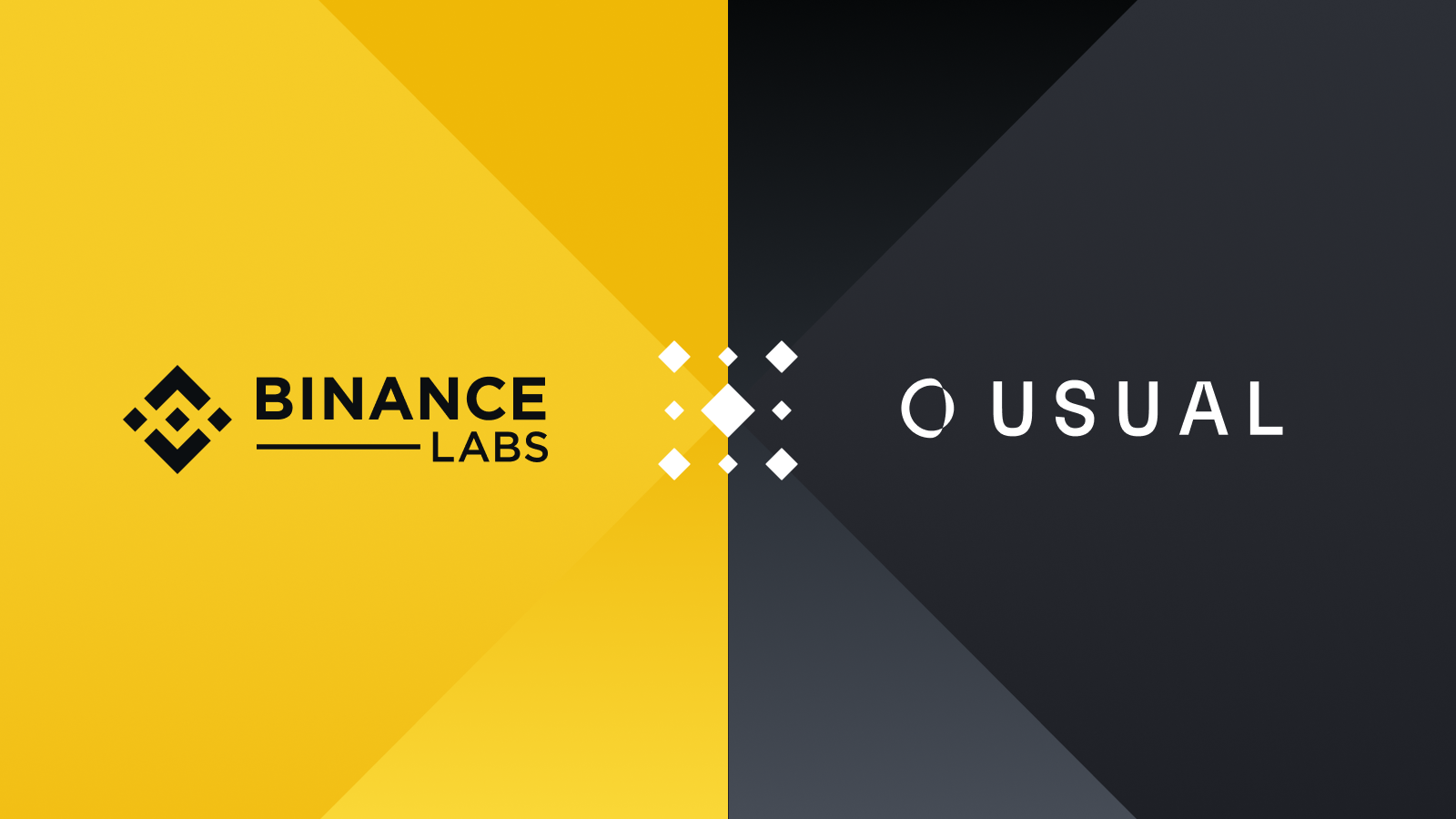Cryptocurrency has rapidly evolved over the past decade, transforming from niche technological experiments into mainstream financial tools. Built on blockchain technology, web3 payment systems ensure transparency, security, and immutability of transactions. These systems are increasingly being integrated into e-commerce platforms, point-of-sale systems, and even peer-to-peer payment applications, making cryptocurrencies more accessible for everyday transactions.
With the web3 payment market valued at $1.2 billion in 2023, it is projected to continue growing with a CAGR of over 15% from 2024 to 2032. Web3 payment is poised to become a cornerstone of the digital economy, much like traditional payment systems, offering new opportunities and challenges for global financial ecosystems.
Current Web3 Payment Infrastructure
Web3 Payment Infrastructure
The current web3 payment infrastructure simplifies the multi-step traditional way. As depicted, only three parties are required in a payment transaction: payer, payee, and blockchain (medium). With the blockchain being non sentient, it could be argued that only 2 parties are required, making the transaction both speed and cost efficient. Every web3 payment protocol utilizes the same infrastructure, with minimal variations depending on the need to on/off ramp through the protocol.
Sphere Pay and Loopcrypto.xyz are also unique payment infrastructure protocols that allow businesses to incorporate web3 payments and they will be discussed further later in this piece.
What is PayFi?
The convergence of payments and DeFi has led to the birth of PayFi, a financial market centered around the time value of money. PayFi uses tomorrow’s money to pay for today, which is an experience that traditional finance cannot offer.
PayFi consists of different types of payments:
- Payment tokens, such as those that represent the time value of tokenized U.S. Treasuries or stablecoins that generate yield;
- Financing for real-world assets (RWAs) via DeFi lending, enabling on-chain yields in real-world payment scenarios;
- Novel web3 payment systems that integrate seamlessly with DeFi protocols;
- Replicating traditional payment logic onto the blockchain to establish a fully realized Web3 payment framework.
An example of PayFi would be Ondo Finance. It is a protocol that tokenizes U.S. Treasuries, aiming to democratize access to institutional-grade financial products. By bringing low-risk, stable-yield, and scalable financial products — such as U.S. Treasuries and money market funds — onto the blockchain, Ondo Finance allows stablecoin holders to earn returns on their assets.
Ondo Finance has two different products: OUSG and USDY. OUSG is a tokenized U.S. Treasury fund, while USDY is a yield-bearing stablecoin backed by short-term U.S. Treasuries. As of August 23, 2024, the TVL of both products sits at $556 million.
With USDY, holders are able to denominate in U.S. dollars while also earning yield. Hence, Ondo has brought utility to payment tokens, growing PayFi further in web3.
Interesting Payment Innovations
This section aims to cover interesting or under the radar innovations in the payments sector, so crypto cards and on/off ramp functions will not be covered.
Karrier One (Payment x DePIN)
A logical application of Payment x DePIN would be a telecom network. Karrier One is a carrier-grade decentralized network that incorporates payment and DePIN functions. The Karrier One network is made up of three modules: Telecom, Blockchain, and Karrier Number System (KNS). They have partnered with global telecom providers to provide seamless coverage around the globe. The network is controlled by Karrier DAO, where token holders are allowed to participate in the governance.
Through KNS, users are able to acquire a web3 wallet that is directly associated with their phone number. This integration allows users to participate in DeFi activities, send and receive crypto, and facilitate smooth payments. Hence, integrating PayFi and DePIN together. With 7.1 billion mobile users globally, there is a lot of room for web3 telecom networks to grow.
Huma Finance
Huma Finance is an income-backed lending protocol. It allows lenders to borrow against future income through matching with on-chain investors all around the world. The protocol is equipped with common credit facilities as well as Decentralized Signal Processors and Evaluation Agents, which are critical infrastructures to integrate with income sources for credit underwriting and ongoing risk management.
As of August 23, 2024, Huma has financed close to $900 million dollars with $883 million dollars in repayment, while boasting 0% in credit defaults thus far.
Sphere Pay
Sphere is a payments API for digital currencies. By providing end-to-end payments experience, Sphere connects the everyday end-user with stablecoins, accelerating web3 payment rails.
Sphere offers customizable or pre-built frontend and UX for merchants, giving them the freedom to implement Sphere Pay. Additionally, there are multiple pricing models available for products and/or services to suit the merchants’ needs. Instead of charging a software access fee, Sphere takes a flat 0.3% off transactions, making the software accessible and free to all. This makes Sphere viable for small businesses with varying volumes or small startup costs.
Loopcrypto.xyz
Loop is a web3 payment infrastructure that allows companies to schedule or automate collection or distribution of payments. Through autopay, Loop increases operational efficiency and customer churn. The platform accepts any ERC-20 tokens which can be settled in both crypto or fiat. This reduces off ramp complexities for businesses.
With a plugin and play type of software, Loop minimizes friction in implementation for businesses. Loop also has integrations with top platforms such as Stripe, Zapier, Xero, and more. Business owners are able to seamlessly integrate Loop with their existing financial management systems with these integrations. Hence, no system overhaul and headache for businesses with existing traditional invoicing systems. They are able to easily add crypto as an additional payment option for their customers.
Orbita
Developed on Cosmos, Orbita is an aspiring decentralized L1 payment protocol. It is currently still in its development stages and has yet to launch its testnet. There is also a lack of documentations and whitepaper as the team is presumably still in the midst of preparing them.
Orbita’s key features will include direct irreversible payments, reversible payments, decentralized subscriptions, and e-commerce integration. Having an L1 dedicated to payments is a new direction in the payment sector that might prove to be interesting.
Market Data & Updates

Total Stablecoins Marketcap
Stablecoins: Transfer Volume
As crypto boomed over the decade, so did stablecoins. The total market capitalization of stablecoins has increased astronomically from $20 million in 2017 to $170 billion in 2024. The total stablecoin transfer volume also reached 60b at its peak in 2024. With transfer volumes in a general uptrend, stablecoins are gaining adoption in its use case as a medium, whether for payments or not. As stablecoins become a widely accepted medium, so will the increase in demand for payment systems eventually.
The leading stablecoin providers have also been pushing ahead in expansions. Tether recently announced its UAE market expansion in the form of a dirham currency fully backed by liquid UAE-based reserves. The new dirham-pegged stablecoin aims to be the digital payment token of choice in the UAE. Circle’s CEO, Jeremy Allaire, also announced that they plan to develop tap-and-go payments using USDC on iPhones. This announcement comes after Apple’s plans to allow third-party developers to work on iPhone secure payment chips. This development will allow for payments with USDC to be simple and frictionless, just as how most users do with their traditional banks and cards.
Paypal has also been aggressively promoting PYUSD since they entered the stablecoin race in August 2023. Within approximately a year of launch, PYUSD has surged to the sixth largest stablecoin, overtaking old timers such as FRAX and BUSD. Their expansion into Solana and incentive program with Kamino were great pull factors as well. Paypal has also recently partnered with Anchorage Digital to provide PYUSD rewards for institutions holding PYUSD, further attracting capital inflows.
Thoughts
One of the greatest benefits of web3 is the enabling of secure, cost-effective, and near-instant global transactions. Despite the web3 industry’s nascency, institutions, businesses, and individuals have already begun utilizing blockchain for payments.
However, should web3 payments be the norm, how would banks feel when the middleman fees are cut out? In bid to get a piece of the pie, we see banks building their own private blockchains, but their cut would still be significantly lesser than the current fees that they’re charging. Pushback is to be expected and retail access should be even further down the road. Needless to say, the opacity and centralization of the private blockchains would maintain that of traditional banking.
Additionally, web3 payments would be more beneficial for global transactions, especially for import and exports, but not so much for the needs of the average local. If the difference between crypto payment and traditional card payment at my local grocer is marginal, then why would I make the switch? Self-governance? The marginal benefit would mean nothing to most. Hence, the switching costs would likely impede adoption by the average user in the short run.
I believe that the stablecoin market will still continue its uptrend, growing further through the decade as web3 (and payment market) grows. With innovations such as a Telecom network like Karrier One to financing with future income like Huma Finance, there is no doubt that more innovations will surface in time to grease adoption as well. Thus, with proper catalysts such as regulatory green lights, it inevitably leads to the further boom of web3 payments. In fact, the market might continue to grow with or without regulation clarity as we’ve seen in the past years or so. I remain bullish and I look forward to the day when web3 payments become second nature, instead of being met with disdain.
What does your web3 future look like?
Hope you enjoyed this piece,

















